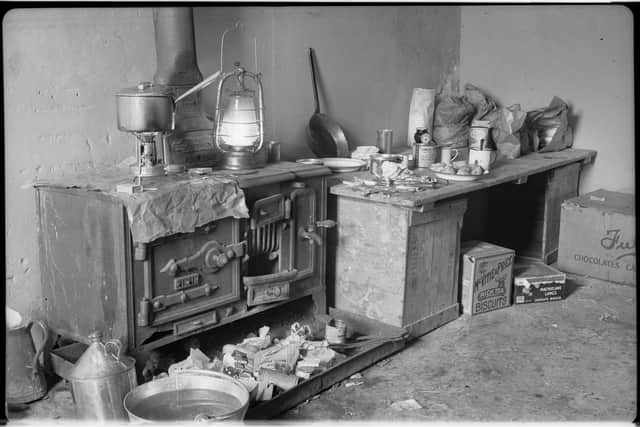Eerie photographs of the abandoned houses of St Kilda emerge
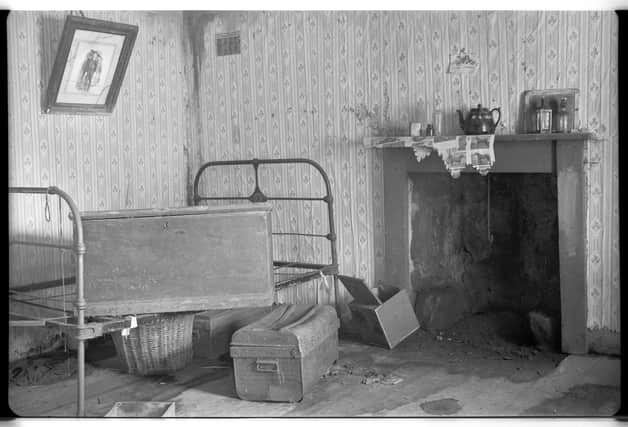

A collection of photographs taken by young naturalist Robert Atkinson capture the fragile traces of island life that were left behind following the evacuation of St Kilda 90 years ago.
Atkinson, an Oxford University student, embarked on an a Scottish island odyssey in the mid-1930s with a friend to find a little-known bird, the Leach’s forktailed petrel, and landed on St Kilda in July 1938 where they spent time with a number of islanders who had returned for the summer months for old time’s sake.
Advertisement
Hide AdAdvertisement
Hide AdAs Atkinson wandered the island and its abandoned cottages, he found unwanted beds and trunks, Gaelic bibles, old newspapers and novels. In the old schoolhouse, he discovered a map of England, an empty gin bottle and a calendar ripped off to September 1930 – the month after the last resident left.
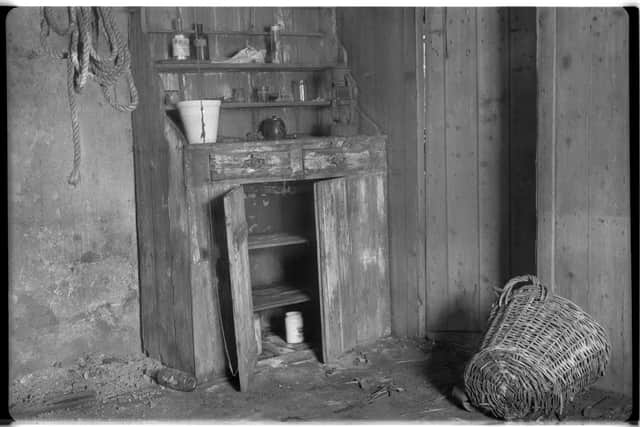

Photographs taken by Atkinson during his island travels have now been put online by the School of Scottish Studies at the University of Edinburgh.
Daryl Green, Head of Special Collections, said Atkinson captured ‘detail and gentleness” on St Kilda.
“Here, on this desolate island, he finds life and humanity with his lens,” Mr Green added.
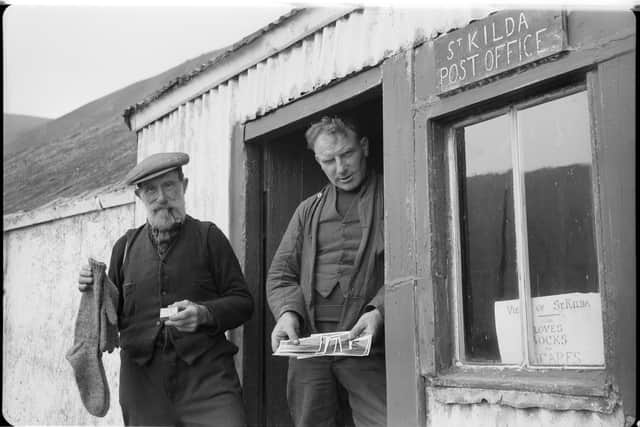

Exiled islanders photographed by Atkinson included Finlay MacQueen and Neil Gillies, the birdwatcher of island owner Lord Dumfries, who were both presented to King George VI and Queen Elizabeth at the Empire Exhibition in Bellahouston Park earlier that year. Both were stationed in the St Kilda Cottage at the ‘An Clachan’ Highland Village exhibition. So excited by the occasion, MacQueen kissed the queen’s hand.
Atkinson later wrote about about his travels in Island Going and has been credited with creating “an invigorating new genre in island writing” with the book republished by Birlinn last year.
On St Kilda, he wrote of a “queer stationary quality about schoolroom and church: silence; still air and deep dust; time arrested.”
"Archaeologists uncovering a lava-buried city skip thousands of years and find a household stopped short at the day of the avalanche; here was merely an eight years’ silence,” he added.
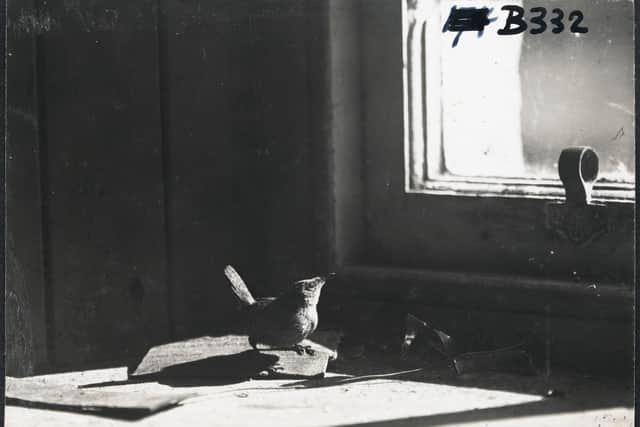

Advertisement
Hide AdAdvertisement
Hide AdIn the schoolroom, Atkinson found pews for 15 pupils with a only single inkpot holding “black dried dregs” remaining. He counted 25 books and bound volumes of magazines including The Leisure Hour for 1878 and The Boy’s Own Volume for 1864 and ’65
He added: “ An empty gin bottle stood on one desk.”
On entering the church, he noted: “Dust was thick everywhere and the benches were littered with dismembered psalm-books and Bibles in both English and Gaelic tongues.”
Of the sixteen cottages on Main Street, he found half the houses roofless and five in complete ruins, abandoned even before the evacuation.
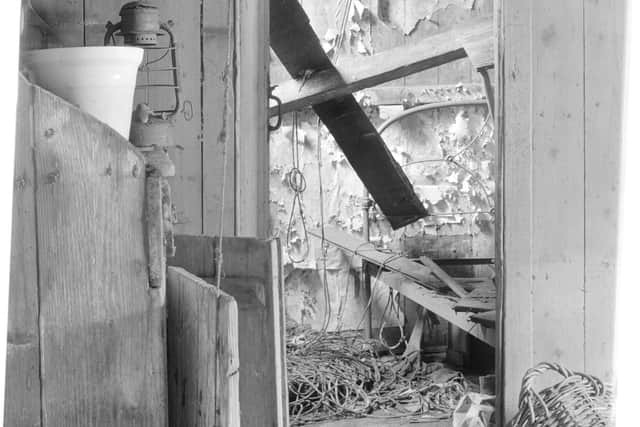

In Cottage Number three, which was widely photographed by Atkinson, an iron bedstead, several trunks, tins, baskets and old bottles remained.
In his book, he wrote: "The wallpaper is pink-patterned and ends in a loose mouse-eaten fringe an inch or two above the floor.”
"From most of the remains one might have thought the evacuation pre-1914.
“Evidently anything which came into the island was carefully preserved, and only at the evacuation did the natives take away a skimming of the most modern imports and abandon
all the rest.”
To view the full Robert Atkinson collection held by the School of Scottish Studies at the University of Edinburgh, visit www.images.is.ed.ac.uk
